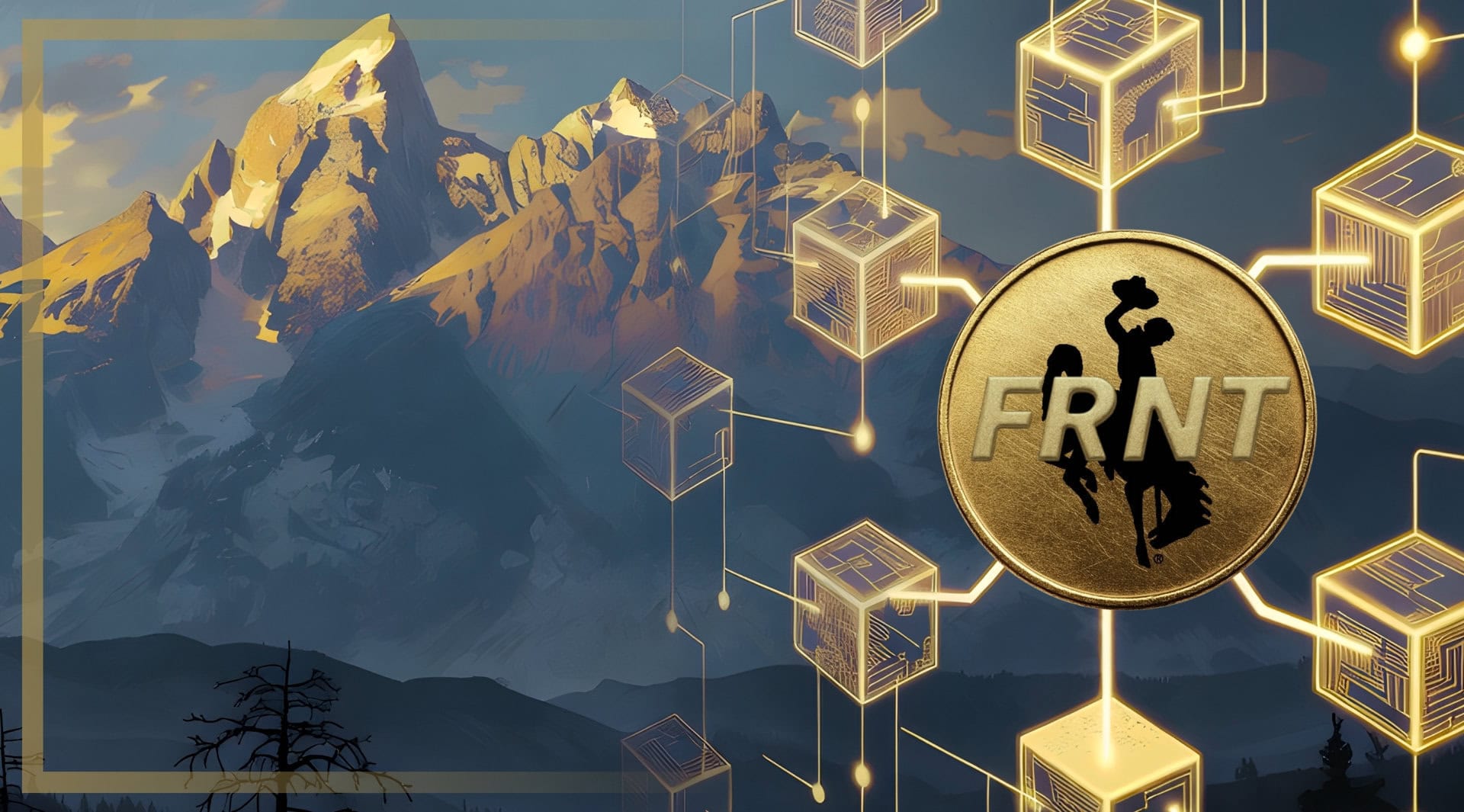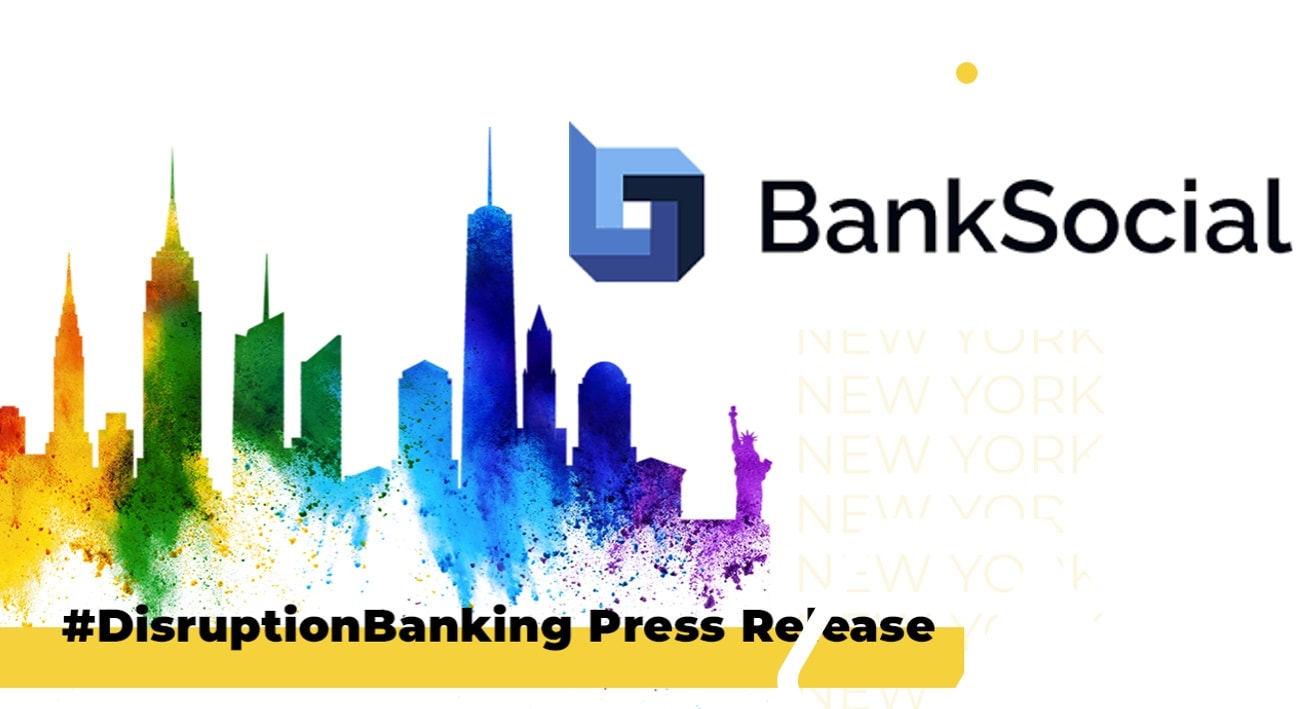In 2017, the infamous North Korean Lazarus Group hacked $200 million from four South Korean crypto exchanges. One of the companies that investigated the hack was Check Point, and two gentlemen learnt a valuable lesson from the cybersecurity incident. Today these gentlemen and one other are the driving force behind the market leading digital assets and stablecoin infrastructure company, Fireblocks. We look at their path from cybersecurity experts to becoming leaders in the stablecoin space.
Michael Shaulov, the CEO of Fireblocks, started his career in the Israeli Intelligence Corps. Pavel Berengoltz, the CTO, started his career at Intel before working in tech for the Israeli government. Idan Ofrat, the Chief Product Officer at Fireblocks, started his career working for the Israeli government too. Him and Pavel are both still based in Israel, while Michael has moved from Israel to California and now to New York. Pavel and Michael worked at Check Point previously where they were exposed to the Lazarus Group hack. And all three of them have a strong background in cybersecurity.
The solution that Fireblocks provides comes in the form of a platform which provides secure infrastructure for transfer, storage, and issuing of digital assets using blockchain technology. Several leading investors like BNY, Sequoia, or Silicon Valley Bank have seen the value in what Fireblocks is doing. And, if you are at an event for institutional investors looking at the crypto space, you can expect someone from Fireblocks to be speaking. The company has become a stalwart of the industry today.
Fireblocks in the News
From its humble beginnings Fireblocks has grown into one of the largest sellers of digital asset infrastructure and custody technology. Clients include Revolut, Worldpay, and BNY. It has raised over $1 billion in total funding and was valued at $8 billion in January 2022.
In a push to service growing demand from customers looking at products such as stablecoins, Fireblocks bought Dynamic in October. Leading crypto exchange, Kraken, is a customer of Dynamic, which provides the technology for Kraken’s trading app Inky.
The firm is highly visible at key industry events all over the world. Recently, Fireblocks was a sponsor of the prestigious Singapore Fintech Festival, the Point Zero Forum in Zurich, and Sibos in Frankfurt. From the United Arab Emirates, to Hong Kong, to Japan, and even Wyoming in the U.S., Fireblocks’ footprint is global.
In Japan, the company is collaborating with Minna Bank, a subsidiary of Fukuoka Financial Group, to assess the technical and practical applications of stablecoins for real-world payments, trading, and next-generation user experiences.
One of the leading figures at Fireblocks supporting these initiatives is Stephen Richardson, Chief Strategy Officer and Head of Banking.
We spoke to Stephen as the Singapore Fintech Festival was ending about some of the challenges the market is facing and how Fireblocks is helping customers overcome them.
The Security Infrastructure Supporting Institutional Use Cases
Fireblocks has a truly global reach, within minutes of the conversation starting we were discussing the UK, the U.S., and the UAE. What Fireblocks does for customers in these locations, be they governments or companies, is provide the underlying technology to create tokenized assets, Stephen highlighted.
Talk moved to how many of Fireblocks customers issue their own tokens, many of them in the form of stablecoins. In many cases of new issuers the biggest risk that is often overlooked is default risk and problems with the underlying liquidity of a stablecoin issuer.
Stephen explained that while stablecoin issuers vary widely, the questions institutions ask are consistent with traditional finance: What backs the token? How liquid are the underlying assets? How transparent is the issuer?
He stressed that Fireblocks does not evaluate or endorse individual tokens. Instead, the company provides the secure, policy-aligned infrastructure that institutions rely on to issue, transact, and settle digital money safely.
In June Chainalysis wrote about the security risks of stablecoins. In the story the potential for contagion from a major stablecoin failure was highlighted as a concern for institutional adoption. Depegging, like has been seen in the past in the case of Tether’s USDT or Circle’s USDC, is a particular concern.
Stephen noted that any financial instrument carries operational or liquidity risk if not governed properly. But institutions today are more concerned with infrastructure alignment: ensuring that settlement, traceability, and liquidity controls operate exactly as expected across networks and borders.
Can We Rate Stablecoins?
“Stablecoins are commercially backed fintech money,” Stephen explained.
He added that while the market hasn’t yet matured to the point of standardized ratings, regulators around the world are moving toward clearer frameworks. This mirrors the traditional questions people already ask about fiat money – liquidity, backing, and issuer oversight – but applied to new digital formats.
For instance, regulators in the U.S. today are focusing on whether stablecoins should be allowed to provide yield from the DeFi ecosystem, while local banks are looking for this option to be removed. In Europe, Stephen shared, Banking Circle has issued EURI, a MiCA-compliant stablecoin, which doesn’t offer yield.
Stephen also pointed to the UAE where plans to launch a triparty-led dirham-backed stablecoin was announced in April 2025. With the UAE looking to become MENA’s stablecoin powerhouse, the new digital dirham will be compatible with DeFi platforms. It will enable users to access lending, borrowing, and interest-earning opportunities with intermediaries, whilst working as a traditional payment method.
Lessons Learnt from the Sand Dollar
In each jurisdiction the priorities for stablecoin users look different. The goal is the same though, to increase the use of the digital currency.
One case that is worth examining here is the Sand Dollar. Released as the first CBDC in the Bahamas, the digital asset struggled with adoption. In two-and-a-half years the Sand Dollar’s circulation represented only $1 million USD, and just over 100,000 consumers had opened wallets to facilitate Sand Dollar payments. This led to the Bahamas giving away free Sand Dollars and even recruiting Sand Dollar Ambassadors. Even with these extra outreach campaigns, by November 2024 the circulation had only grown to $1.9 million with 144,000 wallets in use. This number represented just 0.3 percent of the fiat equivalent. It’s safe to say that the Sand Dollar could have done better.
Stephen raised the question for anyone that is issuing a bank-issued stablecoin today: “will they allow the stablecoin to operate openly the way that USDC and USDT do?”
Stephen believes this level of openness is what makes a stable asset valuable. He also emphasized that utility and accessibility, not just issuance, determine whether a digital currency sees real adoption.
The Question for Banks
The critical question that banks need to address, Stephen added, was how comfortable consumers are with a bank-issued stablecoin that’s on chain, easily identifiable and floating between wallets. The token itself won’t grow in circulation unless it operates at the same utility level as the existing currency it is replacing. This is leading to new products like J.P. Morgans’ JPMCoin, which is a “deposit token”, a token that is transferable between banks while retaining the characteristics of a deposit.
Whether the future is CBDC, Stablecoin, Money Market Funds or Tokenized Deposits remains to be seen. The use cases are growing, Stephen pointed out. It’s the use cases that will drive demand, and not necessarily the yields or the attractiveness of the currency itself.
Author: Andy Samu
See Also:
Is the Lazarus Group Behind the $1.5 Billion Bybit Crypto Heist? | Disruption Banking
The Trillion-Dollar Fight over Stablecoin Yields | Disruption Banking
Who are the original pioneers of the stablecoin? | Disruption Banking













